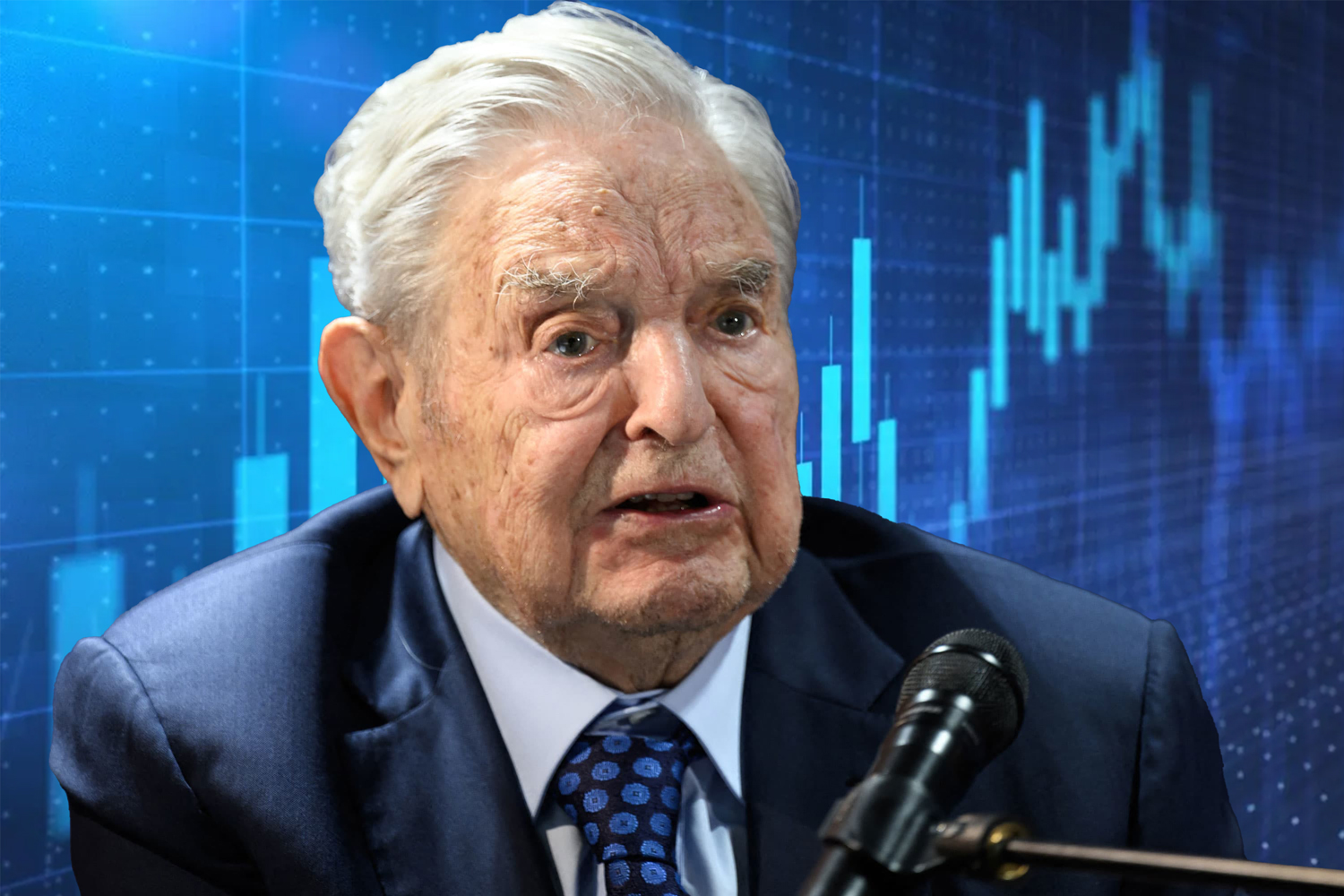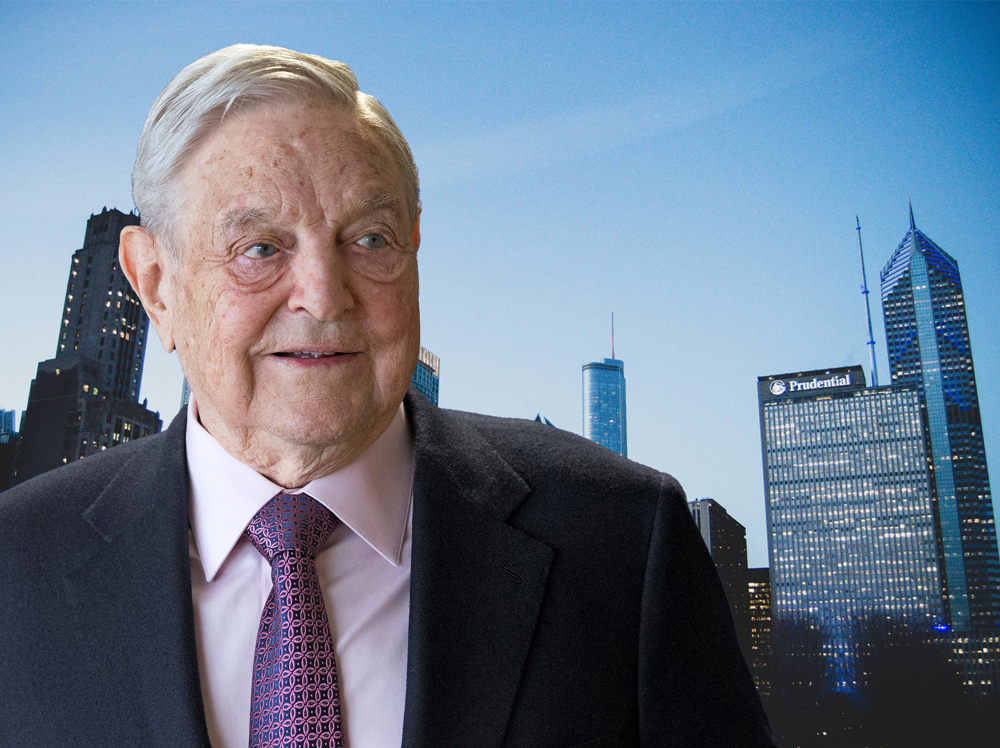 On August 12, 1930, György Soros was born in the Hungarian capital, Budapest. Despite the considerable risk associated with his Jewish heritage during the fascist occupation of Hungary, he survived this dark era. The family adopted a false name, while his father, a lawyer, took the daily risk of being exposed and arrested. In these formative years, young George Soros learned the lesson that “it is safer to take a risk than to be passive.” Faced with the looming danger from the Russian Communists, the family decided to flee to England in 1947.
On August 12, 1930, György Soros was born in the Hungarian capital, Budapest. Despite the considerable risk associated with his Jewish heritage during the fascist occupation of Hungary, he survived this dark era. The family adopted a false name, while his father, a lawyer, took the daily risk of being exposed and arrested. In these formative years, young George Soros learned the lesson that “it is safer to take a risk than to be passive.” Faced with the looming danger from the Russian Communists, the family decided to flee to England in 1947.

Starting in 1952, Soros delved into the study of economics at the renowned London School of Economics and Political Science. During this phase, he was particularly captivated by the teachings of Karl Popper on an open society. After successfully completing his studies, George Soros moved to the United States in 1956.
Upon arriving in New York City, Soros continued his education as a financier, gaining experience as an analyst and trader at various brokers and investment firms. In 1973, together with Jim Rogers, now a renowned commodities speculator, George Soros founded a hedge fund headquartered in Curacao. Over time, additional funds were added, all operating under the umbrella of the “Quantum Group” and registered in tax havens.
Soros skillfully and fortunately led these funds to years of impressive value appreciation.
September 16, 1992, would go down in the history of financial markets as the day when the king of hedge funds indisputably secured his place. Soros had long considered the British pound overvalued and therefore built massive short positions through leveraged financing. The speculation became known and, fortunately, was also picked up by the press. As other investors bet against the pound, the Bank of England was forced to devalue the pound and reform the central bank. Soros made a billion-dollar profit in a very short time and was popularly referred to as the greatest “bank robber” of all time.
Soros often placed speculations in a political context to “dissolve unfavorable economic conditions for underdeveloped countries,” as he himself stated. This was evident, for example, in 1993 with speculation against the German Mark and during the Asian crisis from 1997 to 1998. Soros recognized the signs of the recent financial crisis in a timely manner and achieved a return of 32 percent with the “Quantum Endowment Fund” in 2007, amounting to a profit of about $2.9 billion.
In 2008, Soros became the highest-paid hedge fund manager in the world. A year later, the managed assets of his investment firm exceeded $24 billion, making the Quantum Funds Group one of the most successful hedge funds globally. The annual return averaged 32 percent from 1973 to 2000 and 9.4 percent p.a. in the last ten years. Overall, the fund brought investors a profit of $32 billion.
